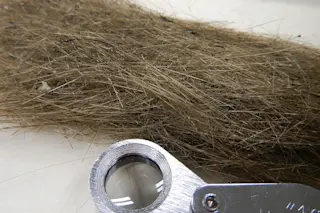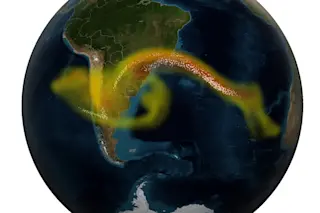Kīlauea volcano stretches across Hawaii’s southeastern edge, its surface a gloam-hued circumference that emits a deeply ethereal power. Its presence is historic and substantial on the island, and the shield volcano sleeps and wakes as it pleases. Between 200 and 300 millennia old, Kīlauea has recently begun stirring: Since 1983 it has erupted nearly continuously, making it the world's most active known volcano and creating open fissures and spewing magma fountains that drape and drip down the mountain’s rocky sides. Pele, the Hawaiian goddess of volcanoes and fire, is said to live atop its lava lake summit, now one of the world’s most active, and according to tourist mythology and unofficial lore, will unfurl a curse on those who dare remove rock or lava from her sooty domain.
Volcanologists dare toy with guidebook fate — the prizes are precious and telling. They search for Pele’s hair and Pele’s tears. Hours ...














